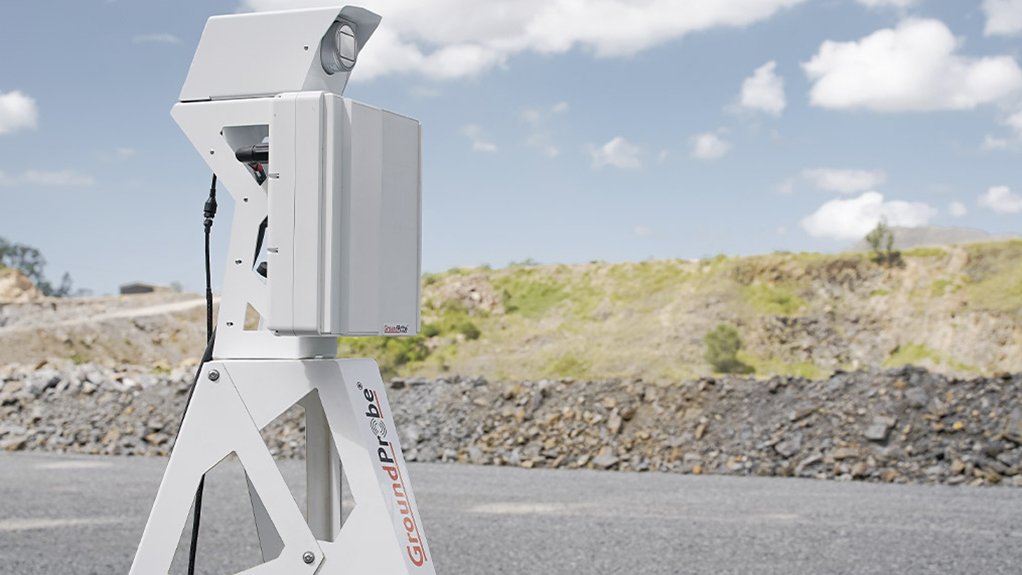A military-precision reactive monitoring and alarm system for tailings dam breaches, large slope failures, landslides and avalanches, has been announced. Said to be the industry’s most advanced doppler radar for reactive geohazard monitoring, the system detects, tracks and sends alarms on moving geohazards in real-time.
The Reactive Geohazard Radar-Velox, or RGR-Velox, from global technology company GroundProbe aims to help keep people, assets and communities safe by giving warning of a breach or collapse.
RGR-Velox is the company’s first product release in reactive monitoring, with the company now offering both predictive and reactive monitoring technologies. Its predictive monitoring solutions include slope stability radars and lasers and are used to detect and warn people and communities of impending mine collapses, dam failures, rockfalls and landslides. The RGR-Velox is a reactive monitoring solution that tracks and alarms on already moving geohazards post-collapse, giving early warning to take action or evacuate through alarm outputs such as lights, sirens, pagers or phones.
GroundProbe CEO David Noon says that the company has a customer-oriented approach to innovation and technology which has led to the development of this unique reactive monitoring solution. “This technology was a true collaboration between many facets of our organisation, a valued customer and a key partner. By having our customers actively participate in our product development process, we are able to co-create value and produce the most beneficial solution offering,” he says.
The RGR-Velox is said to be the highest precision, fastest scanning and longest range doppler radar in the market. Military-grade hardware is combined with the company’s safety-critical software, alarming and systems aimed at providing unrivalled confidence.
GroundProbe VP technology Fernanda Carrea says the RGR-Velox is world-leading in every specification and sets the new standard in emergency geohazard monitoring. “The RGR-Velox sweep-scans an entire area instantly, much like taking a radar photograph, to capture actionable information as it happens and provide new details of the scene every 0.25 seconds.”
“Perhaps most impressive is the device’s ability to differentiate and locate small moving objects with precise accuracy, even when moving at just 0.05 m a second. Its alarming capabilities are completely customisable, ensuring users are empowered to design alarms tailored entirely to their specific site challenges and conditions,” she said.
EMAIL THIS ARTICLE SAVE THIS ARTICLE
To subscribe email subscriptions@creamermedia.co.za or click here
To advertise email advertising@creamermedia.co.za or click here













